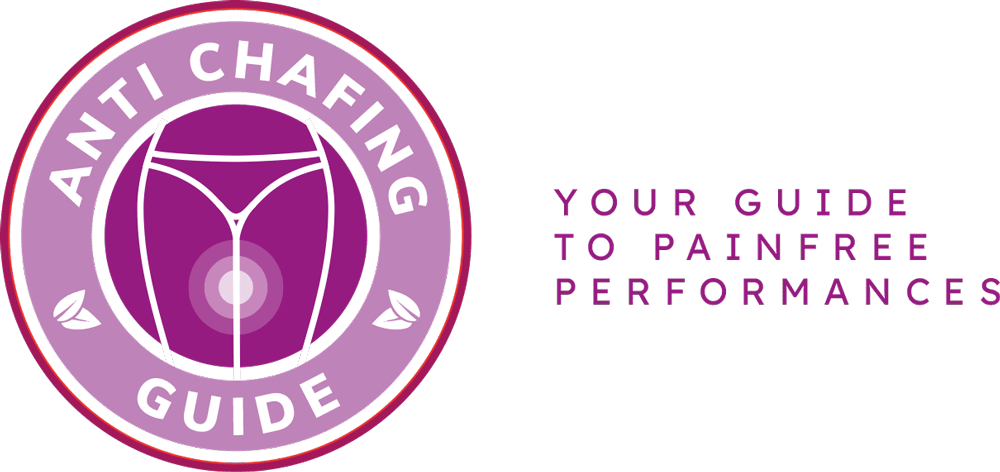Are you tired of dealing with chafing? Say goodbye to those chafing woes and embrace a chafe-free bliss with the expert tips and advice specifically designed for women. We understand how uncomfortable and irritating chafing can be, and that’s why we’re here to help you prevent it and enjoy a comfortable experience.
Chafing occurs when the skin becomes irritated due to friction, typically caused by clothing or body parts rubbing against each other. It can happen anywhere on the body, but it commonly affects areas such as the thighs, underarms, and groin. The symptoms may include redness, itching, burning sensation, and even painful blisters.
To prevent chafing, it’s important to choose the right clothing that fits well and is made from breathable materials. Opt for moisture-wicking fabrics that can help keep your skin dry and reduce friction. Additionally, maintaining good hygiene and moisturizing the skin regularly can also help prevent chafing.
Remember, prevention is key when it comes to chafing. By following these expert tips and incorporating them into your daily routine, you can bid farewell to chafing woes and enjoy a comfortable, chafe-free experience.
Understanding Chafing
Understanding Chafing
Chafing is a common and uncomfortable problem that many women face in their daily lives. It occurs when friction between the skin causes irritation and inflammation, leading to soreness, redness, and sometimes even blisters. The most common areas affected by chafing are the inner thighs, underarms, and nipples.
There are several factors that can contribute to chafing, including excessive sweating, tight clothing, and repetitive movements. Women who engage in physical activities such as running or cycling are more prone to chafing due to the constant rubbing of the skin against clothing or equipment.
Chafing can have a significant impact on women’s daily lives, causing discomfort and limiting their ability to participate in certain activities. It can make simple tasks like walking or exercising unbearable, and in severe cases, it can even lead to infections.
By understanding the causes and symptoms of chafing, women can take proactive measures to prevent and manage this issue. It is important to choose breathable and moisture-wicking fabrics, apply lubricants or powders to reduce friction, and keep the affected areas clean and dry. Additionally, maintaining a healthy weight and staying hydrated can also help minimize the risk of chafing.
Overall, chafing is a common problem that can significantly impact women’s daily lives. By understanding its causes and symptoms, and implementing preventive measures, women can bid farewell to chafing woes and enjoy a comfortable, chafe-free experience.
Preventing Chafing
Preventing chafing is essential for women who want to enjoy a comfortable, chafe-free experience. Fortunately, there are effective strategies and techniques that can help you bid farewell to chafing woes. One of the key factors in preventing chafing is making the right clothing choices. Opt for breathable and moisture-wicking fabrics that reduce friction and keep your skin dry. Avoid tight-fitting clothes that can rub against your skin and cause irritation.
In addition to clothing choices, establishing a skincare routine can also play a crucial role in preventing chafing. Regularly moisturize your skin to keep it hydrated and supple. Look for lotions or creams that are specifically formulated to reduce friction and provide a protective barrier. Applying talcum powder or anti-chafing balms to areas prone to chafing can also help minimize friction and discomfort.
Remember, prevention is key when it comes to chafing. By implementing these strategies and techniques, you can achieve chafe-free bliss and enjoy your daily activities without any discomfort. Take care of your skin, choose the right clothing, and embrace a chafe-free lifestyle!
Frequently Asked Questions
- What is chafing?
Chafing is a common skin irritation that occurs when there is repeated friction between body parts or clothing. It can cause discomfort, redness, and sometimes even painful blisters.
- What are the common causes of chafing?
Chafing can be caused by various factors such as excessive sweating, wearing tight or rough clothing, repetitive motion during exercise, and even certain fabrics that don’t allow proper air circulation.
- How does chafing affect women’s daily lives?
Chafing can significantly impact women’s daily lives by causing discomfort and pain, making it difficult to engage in physical activities, wearing certain clothing styles, or even carrying out routine tasks without irritation.
- What are some effective strategies to prevent chafing?
To prevent chafing, it is important to wear moisture-wicking and breathable clothing, especially in areas prone to friction. Applying a lubricant or anti-chafing balm can also create a protective barrier. Additionally, keeping the skin clean and dry, and avoiding prolonged exposure to moisture can help prevent chafing.
- Are there any specific skincare routines to prevent chafing?
Yes, incorporating regular exfoliation and moisturizing into your skincare routine can help maintain healthy skin and reduce the risk of chafing. Using gentle cleansers and avoiding harsh soaps or products with irritants can also contribute to preventing chafing.
- Can chafing be treated?
If chafing occurs, it is important to clean the affected area gently with mild soap and water. Applying a soothing ointment or cream can help alleviate discomfort and promote healing. If the chafed area becomes infected or shows no signs of improvement, it is recommended to consult a healthcare professional.


Keith is originally from Truckton, Colorado. The 54-year-old cared for his overweight wife for many years. Keitch is also a freelance editor at antichafing.net and supports the team as a competent advisor. In his spare time Keith enjoys reading books, visiting his homeland and is a passionate product tester for well-known manufacturers.

